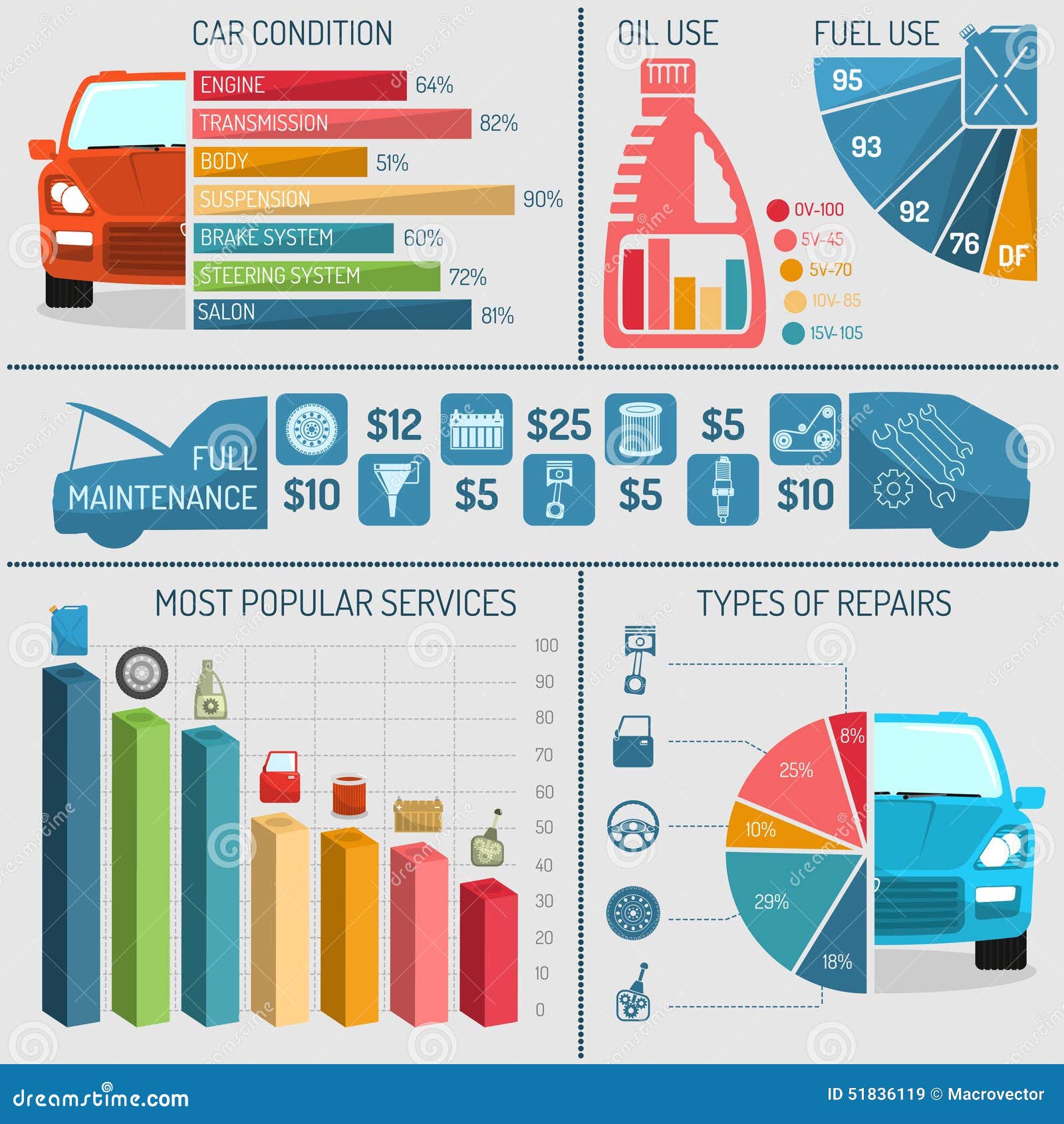Eager To Recognize What The Control Panel Warning Lights In Your Cars And Truck Represent? Explore Their Significances For The Wellness And Safety Of Your Vehicle
Eager To Recognize What The Control Panel Warning Lights In Your Cars And Truck Represent? Explore Their Significances For The Wellness And Safety Of Your Vehicle
Blog Article
Author-Boye Gilbert
When you lag the wheel, those radiant caution lights on your control panel can be a little bit difficult. Do you understand what they're trying to inform you about your automobile's health? Comprehending the relevance of these lights is essential for your safety and the longevity of your car. So, the next time among those lights appears, would not you intend to decode its message properly and take the required actions to resolve it?
Common Caution Lights and Interpretations
Determine common warning lights in your vehicle and recognize their definitions to make certain secure driving.
One of the most common warning lights include the check engine light, which signifies problems with the engine or emissions system. If this light begins, it's critical to have your lorry examined quickly.
linked webpage cautioning light suggests reduced oil pressure, needing instant attention to stop engine damage.
A blinking battery light might suggest a malfunctioning billing system, possibly leaving you stranded otherwise resolved.
The tire stress surveillance system (TPMS) light notifies you to reduced tire stress, impacting vehicle security and gas efficiency. Neglecting this could result in risky driving conditions.
The ABS light indicates an issue with the anti-lock braking system, endangering your capability to quit quickly in emergency situations.
Last but not least, the coolant temperature cautioning light warns of engine getting too hot, which can lead to extreme damage if not settled swiftly.
Recognizing these common caution lights will aid you resolve problems quickly and keep secure driving problems.
Relevance of Prompt Focus
Comprehending the usual caution lights in your auto is just the very first step; the relevance of promptly dealing with these cautions can't be highlighted enough to ensure your safety when traveling.
When a caution light illuminates on your dashboard, it's your cars and truck's means of interacting a potential concern that needs attention. Overlooking these cautions can lead to more extreme troubles in the future, endangering your safety and possibly costing you extra in repairs.
Prompt interest to advising lights can protect against failures and mishaps. For instance, a blinking check engine light might indicate a misfire that, if left unattended, can cause damages to the catalytic converter. Addressing this immediately can conserve you from an expensive fixing.
Similarly, a brake system advising light could signify reduced brake liquid or used brake pads, vital components for your security when driving.
DIY Troubleshooting Tips
If you observe a caution light on your control panel, there are a few DIY fixing suggestions you can attempt before looking for expert help.
The primary step is to consult your car's guidebook to recognize what the certain caution light suggests. In some cases the problem can be as basic as a loose gas cap setting off the check engine light. Tightening up the gas cap might solve the trouble.
cargroomers is a low battery, which can set off various alerting lights. Checking the battery links for deterioration and guaranteeing they're safe may repair the trouble.
If a warning light continues, you can try resetting it by detaching the auto's battery for a couple of mins and afterwards reconnecting it. Additionally, examining your car's fluid degrees, such as oil, coolant, and brake fluid, can help repair advising lights related to these systems.
Final thought
In conclusion, recognizing your cars and truck's caution lights is important for maintaining your car running smoothly and safely. By quickly addressing these alerts and knowing what they suggest, you can avoid costly repair work and possible failures.
Remember to consult your vehicle's manual for particular information on each alerting light and take action appropriately to make sure a hassle-free driving experience.
Remain educated, stay risk-free when driving!
